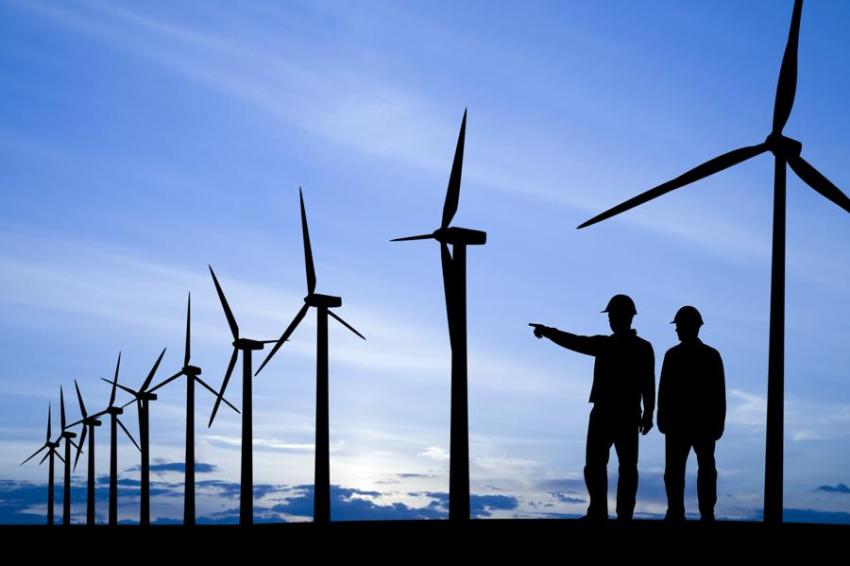Ireland Seeks Role as Exporter of Renewable H2
The Irish government is targeting 2 GW of hydrogen production capacity by 2030 but could produce much more if it capitalizes on its potential to build up to 70 GW of floating wind capacity in the deep waters off its Atlantic coast, environment minister Eamon Ryan told the Hydrogen Ireland Conference in Dublin earlier this month.
Ryan said Ireland has economic rights to a maritime area seven times its own landmass, which could provide ample scope to build up capacity. According to an estimate by state-owned utility ESB, the country could decarbonize its current economy with 30 GW of offshore wind emery, leaving a potential surplus of 40 GW to be exported in the form of renewable hydrogen and ammonia.
Without providing details, the minister said Ireland is in the process of concluding a declaration of intent with Germany to cooperate on hydrogen and has been approached by Belgian and Dutch officials interested in H2 offtake.
A major share of Ireland’s hydrogen production could be generated by wind energy, the government believes. In a first step, it plans to auction off wind farm sites that would be capable of generating 3 GW of power. Subsequent auction rounds could include wind-to-hydrogen projects.
The country’s future plans may encompass exporting hydrogen to other European destinations via pipeline, such as to Scotland by reversing flows on links currently used to import natural gas. Product bound for mainland Europe could be sent by ship in the form of ammonia.
To bring its ambitions plans to fruition, Ireland will need to serialize production of large wind turbines as well as adding hydrogen storage capacity. The government has already created a hydrogen task force, which in addition to setting up a regulatory environment for projects will try to develop a forward-looking strategy, establish targets and timelines as well as nailing down financial backing.
Author: Dede Williams, Freelance Journalist





